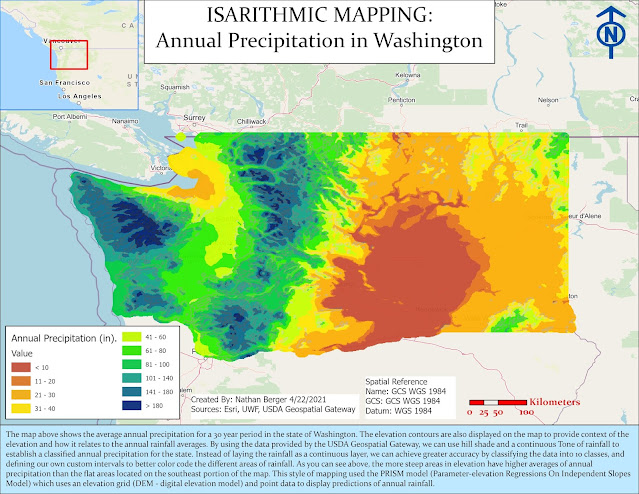GIS Data Resolution & Scalability / Spatial Data Aggregation: Gerrymandering
Special Topics In GIS
Today we are going to talk about 3 topics in GIS. One is vector data and its scalability. The second topic is going to be raster data and resolution. And the third topic is going to be a special topic in regards to elections... aka gerrymandering.
Vector Data and scaling
As we already know, Vector data is made up of points, lines and polygons. Vector data is directly affected by the scale used to map the vector data. The scale is important because in order to "digitize" the data on a map, we want the data scaled appropriately. This can cause boundaries of lakes and rivers to not be accurate, or even the location of hospitals or residential homes. Maps have different scales in which the data is displayed, so we want to ensure the spatial accuracy of that data when projecting it on a map.
Below is an example of mapping waterways (rivers) of an area at three different scales. The red is at a 1,200 scale, the blue is at a 100,000 scale, and the yellow is at a 24,000 scale. As you can see, the three datasets vary greatly in three spatial accuracy and location of the actual waterways. But this is all relative to the size of the map we want to produce.
Raster data and resolution
Raster data can be presented at different cell sizes. In this example, we calculated LIDAR elevation rasters at different elevation sizes per cell size, including 1m, 2m, 5m, 10m, 30m and 50m. We calculated the average slope for each raster at each resolution and were able to determine that the cell size has an affect on the average slope of the elevation data. The cell size (resolution) at a higher amount cause the average slope to be low, whereas the average slope increases as the cell size decreases. Resolution can greatly affect the spatial geometry calculations of elevation.
Gerrymandering... What we can see with maps
Gerrymandering is defined as... (Wikipedia)
Gerrymandering is a practice intended to establish an arguably unfair political advantage for a particular party or group by manipulating the boundaries of electoral districts, which is most commonly used in first-past-the-post electoral systems.
We can identify gerrymandering in GIS by looking at congressional districts and analyze the compactness of each district to determine if it was outlined fairly and accurately. We can use geometry to calculate the polygons within each district, and look at geographic boundaries to determine why districts are broken up into multiple sections. This analysis is critical to the political climate in the United States so we can avoid illegal elections and count areas with voting polls more accurately to better represent the democracy of the United States.
Check out the story map below and the video to learn more about using GIS to identify Gerrymandering!








Comments
Post a Comment